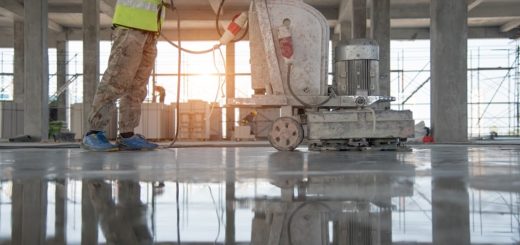Making changes to your home can be difficult, updating a flatcan sometimes feel next to impossible.
So, here are some of the most common issues we’ve seen clients encounter when it comes to flat refurbishment…and some simple steps to help address them.
Starting with:
1. Organising your time
Properly renovating or refurbishing before moving into your first apartment will often require significant time to accomplish. Failing to properly budget or plan a refit project can either result in unforeseen issues that can drag out the work or result in an ongoing project that can be emotionally draining to live in. At a minimum, it is essential to break the refurbishment project down into small ‘chunks’ that have a clear start and end date set across as short – but realistic – a span of time. Ideally, aim to see what work can be carried out in your free time rather than the other way around and always remember to budget additional time to the project to accommodate delays – something that’s essential when you’re imposing on the generosity of others.
2. Making your money go further
Often going hand-in-hand with your project management, making sure that you set a clear budget and take steps to minimise your expenditure will almost always play a crucial part in your planning. Conducting home improvements can often prove expensive and taking steps to minimise your expenditure can help increase your creativity and help your project finish-out quickly and efficiently.
Some simple tips include-
Pushing for Energy Efficiency: Adding double glazing to your renovations or adding energy-efficient lightbulbs may be initially expensive but will help save time in the long run.
Look for simple ‘value adds’: Often the simplest changes will make the biggest difference. Adding a new throw to an old settee can breathe life into an old piece of furniture, and a new coat of paint or printed high-quality art can make a familiar room look like new again.
Always look online: No matter whether it’s a piece of furniture, a fixture, or parts – taking the time to give it a quick two-minute google search will often turn up a cheaper alternative or help you save money on VAT or postage.
3. Handling Your Landlord
If you are renting a property, you will have to clear any and all significant improvements to your flat. This will likely make your landlord a central part of any refurbishment work – which can cause problems if they are difficult to deal with or hard to get a hold of. It is also worth remembering that from April 1st of this year, Landlords are required to have your home meet the minimum energy efficiency standards set out in the Private Rental Sector .This can help improve your flat, other residents, and help save energy in the long run.
4. Accommodating your Neighbours
Making changes to your flat will create disruption for the people you share your building with. Due to the high-density nature of London homes, this will likely impact your next-door neighbours and those that live directly above or below you. Take time to check with your neighbours to see when would be appropriate to make the changes, or at least give them the courtesy of letting them know when the work will be taking place. Try to remember that simple furniture moving or handy work resulting in disruption to their daily schedule, even for those who work from home. Also, adding baffle to your renovations can help take care of future sound issues – something that can be potentially expensive, but will prove a true lifesaver for the years ahead.
Are you making some changes to your property? Find a London refurbishment company that’s right for you. Contact our highly trained team directly and let us help you overcome the challenges that you’re currently struggling with.










